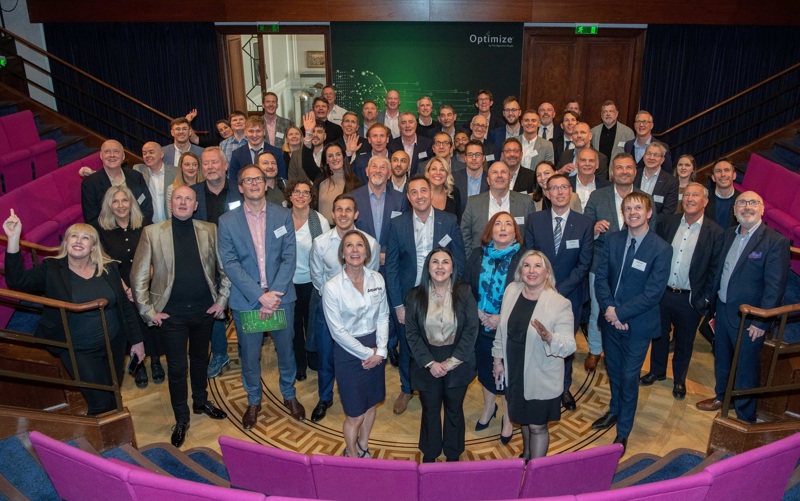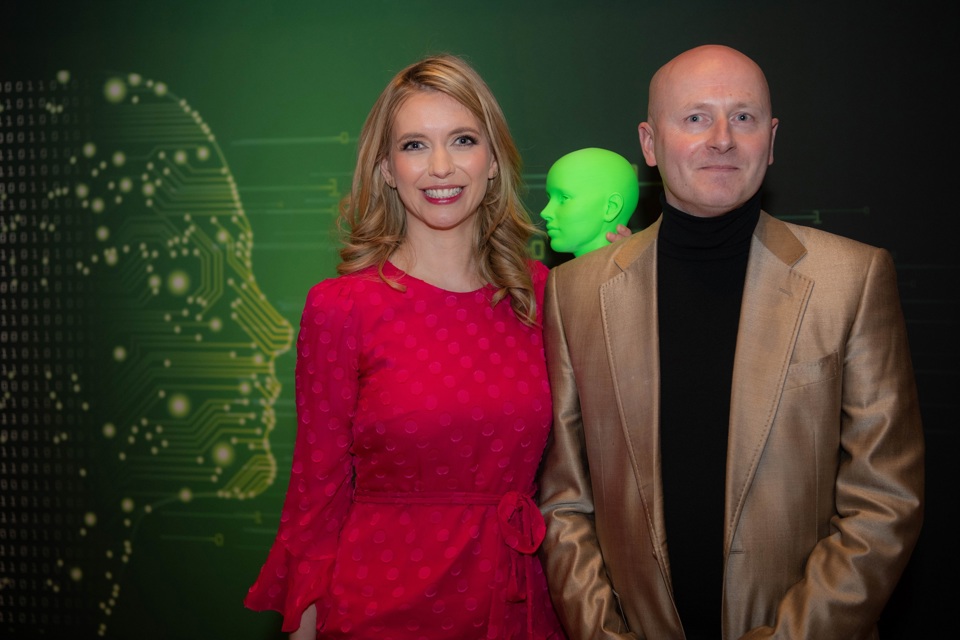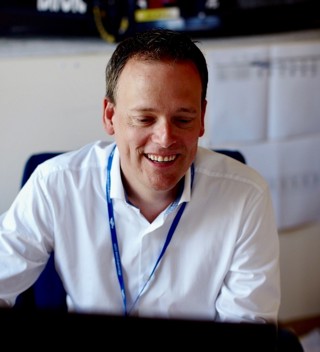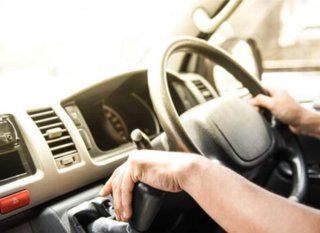It’s hard to keep AI (artificial intelligence) out of the news at the moment, as its potential benefits - and dangers – hog the headlines.
From the impact of ChatGPT in compiling articles and reports, AI’s role in BT’s decision to cut 55,000 jobs, or – most seriously of all - the risks to humanity, it is clear it will transform so many aspects of life and work.
It is also already having an effect on the fleet sector: in this article, we looked at how it is being used in current technologies such as cameras and fleet management software.
But the use of AI is nothing new for route optimisation and decarbonisation solution provider Optimize – originally formed in 2018 as The Algorithm People before its rebrand in April - which has been focused on using modern technologies to push the boundaries of what route optimisation can do.
“AI was featuring heavily in lots of different places,” says its CEO Colin Ferguson, who started work as a CPC licence holder planning transport before pursuing a vision to automate that process to unlock savings and efficiencies.
“We looked at that and thought ‘could we apply proper artificial intelligence and machine learning to our algorithms to make our solution even more efficient and attractive to users?’, and that’s what we’ve done.”
The rebrand follows a period of significant growth for the company – it achieved year-on-year growth of 250% in 2022 and signed contracts with major customers such as Fuel Card Services, Abel & Cole, Barcode Warehouse and Pall-Ex – as well as securing £2 million of funding to accelerate its growth plans and drive domestic and overseas growth.
It also coincides with the appointment of television presenter Rachel Riley as its brand ambassador and the launch of a new suite of optimisation algorithms which use artificial intelligence and machine learning to provide productivity and efficiency gains, as could be expected, as well as wider benefits.
This is because it can take datasets from numerous sources, such as telematics, traffic or weather information suppliers.
Recognising the potential
“People in the transport sector are recognising you can actually use optimisation algorithms to do other things with, not just routes,” says Ferguson.
“The actual outcome may be a route, but if you come at it from a different approach, there are multiple benefits.”
For example, by combining multiple datasets, Optimize’s algorithms can work out what the best route is at certain times of day to avoid accident blackspots, therefore reducing risk.
Data from telematics and cameras can be used to understand the behaviour and profile of a driver, and can help allocate the right routes to the right drivers: if a driver is better, on average, in rural driving then urban driving, or vice versa, then the optimisation software can allocate jobs that match their skillset the best.
The algorithms can also help a fleet decision-maker integrate electric vehicles into their operations seamlessly, as well as get the most out of that vehicle, says Ferguson.
“When an organisation is looking at planning routes, if all its vehicles are the same type then that is relatively straightforward, albeit we have a solution to automate the process,” he adds.

“But if you’ve got 100 vehicles and maybe 20 of them are electric, then the questions are different. What jobs do you give them? What routes do you put them on?
“Traditionally, human beings will put them on tentative neighbourhood routes as they don’t want them to run out of range, so they won’t really sweat the asset to get the maximum return on investment.
“The proper way is to look holistically at the whole fleet and decide where those vehicles fit in within the context of the jobs that need to be done that day.
“How do they interact with infrastructure? How do they reduce the payload to get some weight off the vehicle early to maximise the range?
“You might plan an EV on a flatter route until its carrying a reduced weight because if you go up a hill with a heavy payload you will degrade the range. So even if the shortest route is over the hill, that may not do you any favours when you’re trying to maximise what that vehicle can do.
“That’s not a problem human beings can plan for easily. That’s when you need algorithms to look at the look at the whole picture including infrastructure, weight-to-discharge ratio and other vehicles in the mix.
“And then you try to make sure you can sweat the assets of the ones that cost the least and at the moment EVs cost less on a kWh versus petrol or diesel vehicles.
“So therefore, you want to be using those vehicles more rather than using them less. That’s another reason the optimisation helps.”
Optimize’s algorithms uses the Carlo Tree search, which is also used in chess supercomputers, which “in layman’s terms is just looking at different solutions”, and machine learning to predict the best sub-algorithm for a number of different problems.
If the algorithm embarks on a potential solution and is not getting a great result, it will reverse out of that and go down another path to try to arrive at the best answer.
Standard algorithms don’t do that, says Ferguson. “They go on a trajectory and you get the answer you get,” he adds.
“We’re seeing double-digit benefits to standard optimisation algorithms as a result of applying AI to them, obviously validated by the clients who use it.”
Optimize is also enrolling in a quantum computing project to explore how its algorithms can be applied to this rapidly expanding area of research.
Major contract wins
Ferguson says the company’s approach and technology is reflected by its growth and its solutions being adopted by companies such as Pall-Ex, as mentioned above “These are big brands, big names, and we’re very proud that we’re winning these contracts only four or five years in”.
He adds: “The rebrand to Optimize comes at a hugely exciting time for the business as it moves into its next evolutionary stage.
“This is a historic milestone for the business as we scale up and prepare for global expansion.
“As the demand for greater efficiency and productivity continues to increase, coupled with the collective pursuit of a global Net Zero goal, the need for optimisation is a must for anyone that is currently running a fleet of vehicles.
“The savings on fuel, which can be up to 30%, the increase in productivity and reduction in the number of vehicles needed speak for themselves commercially.
“But it’s also a vital first step in the decarbonisation journey that all operators will fundamentally have to take.”
Ferguson likens the current uptake and potential of optimisations solutions to where telematics was 20 to 25 years ago, when it was considered the preserve of big fleets and organisations.
“Fast forward to now, and almost everybody has got some form of telematics, whether it be an app, or a black box in a vehicle,” he adds.
“We see optimisation at the bottom of the S curve where telematics was 25 years ago, so we think we’re getting into the trajectory of mass adoption of this type of technology as fleets can’t be without it.
“And the more people that have optimisation, the more people will need it because their competitors will have an edge if they don’t have it.”
























Login to comment
Comments
No comments have been made yet.